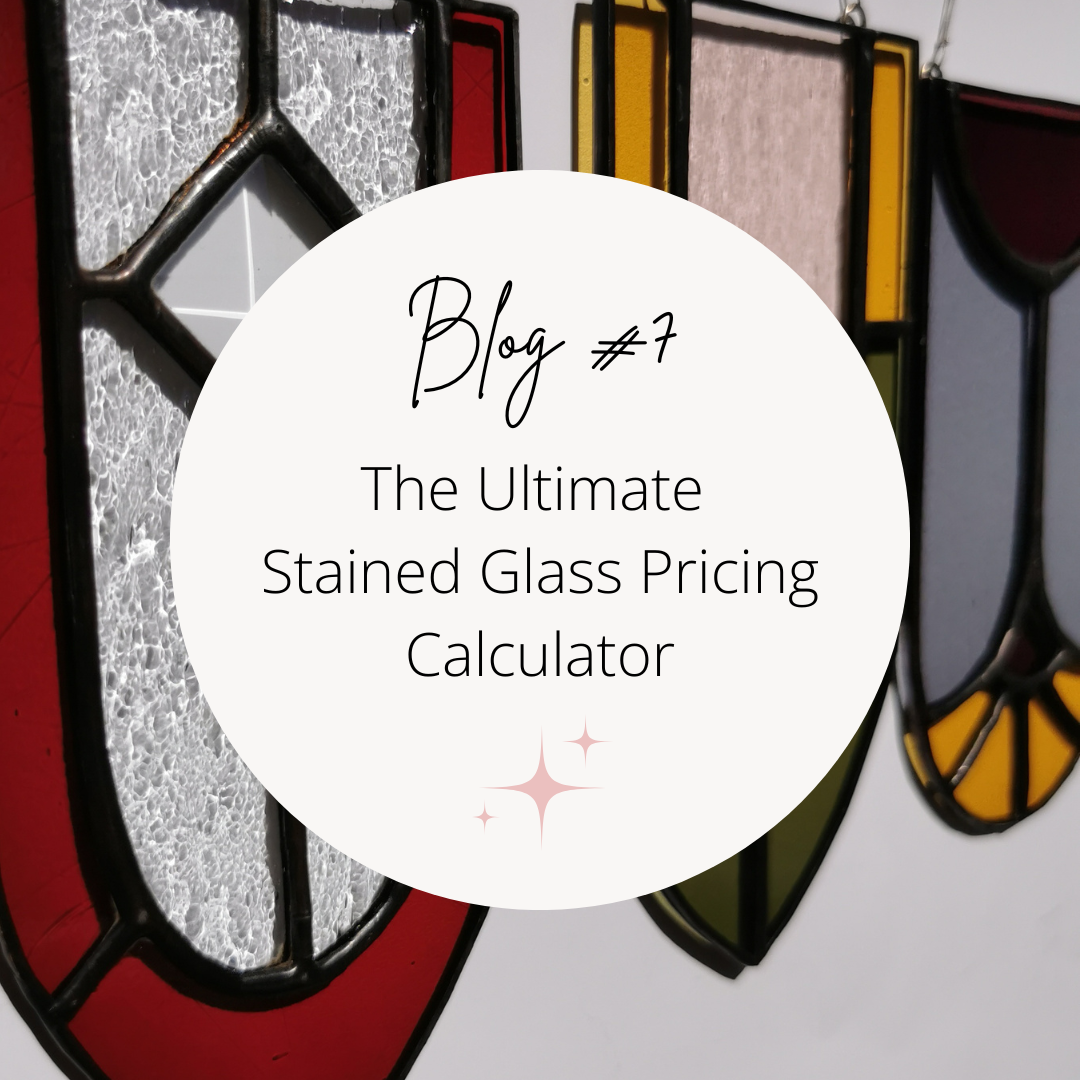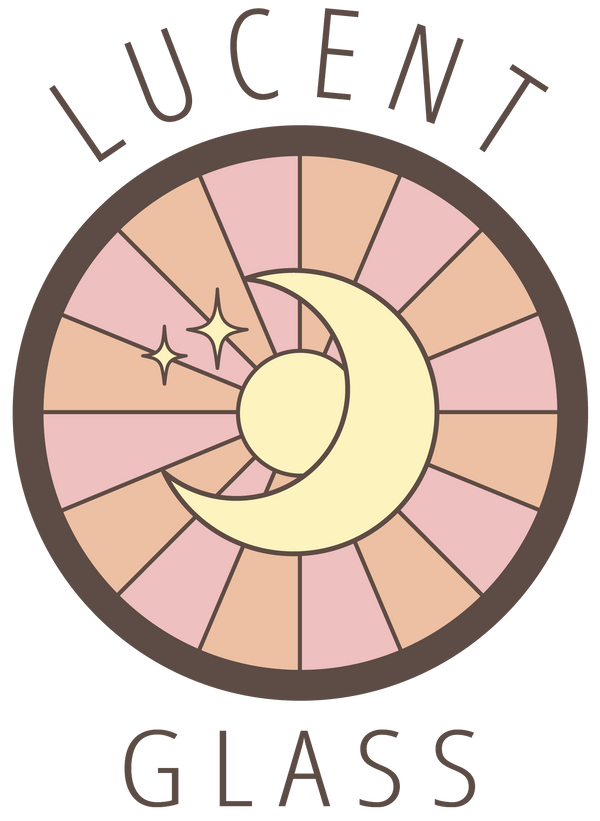
7. The Ultimate Stained Glass Pricing Calculator
Share
Hey party people!
This blog will be short and sweet because the power is all in the spread sheet! We spent the month of June developing the ultimate pricing tool for stained glass artists. Our goal was to simplify and take the guess work out of pricing. Often emotions play a roll in pricing art work and true costs often get missed or left out. This pricing tool allows you to input all of your raw costs including labour and add your profit margin. Having this tool will help you arrive at a price that you can feel confident in because you know it's based on the cold hard facts! Market season pricing has never been so easy!
This is a three page spread sheet that provides instruction and allows you to input detailed information about your project materials. You can navigate between the three tabs at the bottom of the spread sheet. The tabs are labeled as instructions, costs and calculations. Please only input your data into the purple cells. This spread sheet can be opened on excel or google spread sheets.
Here's how it works
You will need:
-A small scale to weigh the solder in ounces
-A tape measure to measure length of foil used in inches
1. Click the costs tab
Fill out the costs tab and enter all the costs of your project
-Fill out your glass costs - under the glass code/description column enter glass description and price per square foot of each piece of glass
-Fill out your hourly rate you'd like to be paid. We suggest an hourly rate starting at $20/hour.
-Fill out the solder and foil costs - enter the price for the roll.
-Fill out any additional cost you used for the project - jewels , bevels, zinc, etc.
2. Click on the calculations tab
While you are working record the following...
-Fill out the "glass used" column with the approximate sizes of glass you used measured in inches.
-Input the size each foil size used and the amount in the foil column measured in inches (there's space for up to three foil sizes per project.)
-Weigh the roll of solder before and after you solder you project in ounces. Input the weight in the solder column.
-Input the time in minutes it took for each step individually (cutting, grinding, foiling, soldering & finishing.) If a step took you 1 hour then input 60 to reflect the amount of minutes spent.
When all this data is inputted into the spread sheet you will be given the raw price. The raw price is the dollar amount that covers the costs of creating your work only. 

3. Decide what profit margin you'd like for your product
We suggest a 20% margin, though this may vary based on your overhead expenses. The margin may fluctuate depending size and audience. Adding a margin is entirely optional but it is essential to business growth. Having a margin pays for other expenses such as transportation, promotion and market costs that are not included in the costs of your project.
Conclusion
Ultimately, confidence in your pricing comes from a thorough understanding of your costs, your market, and your value as an artist. By taking the time to price your artwork thoughtfully, you not only enhance your own sustainability but also contribute to a healthier, more transparent art market. Keep creating, keep evolving, and let your pricing reflect the quality and passion you put into your art!
Purchase the pricing calculator HERE!
With love,
The Lucent Glass team

